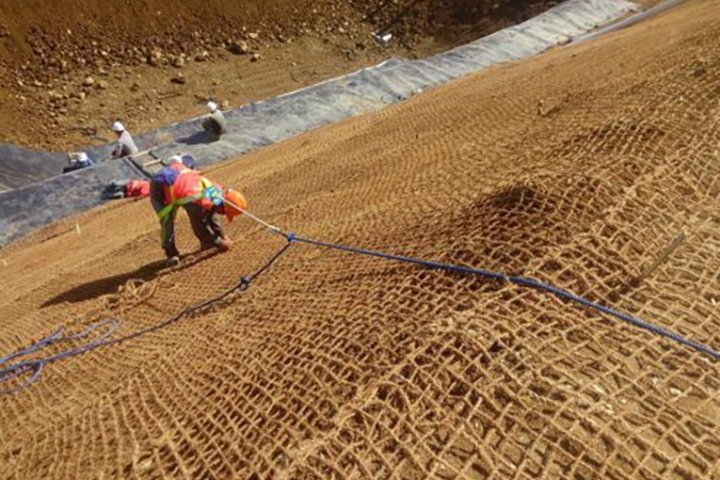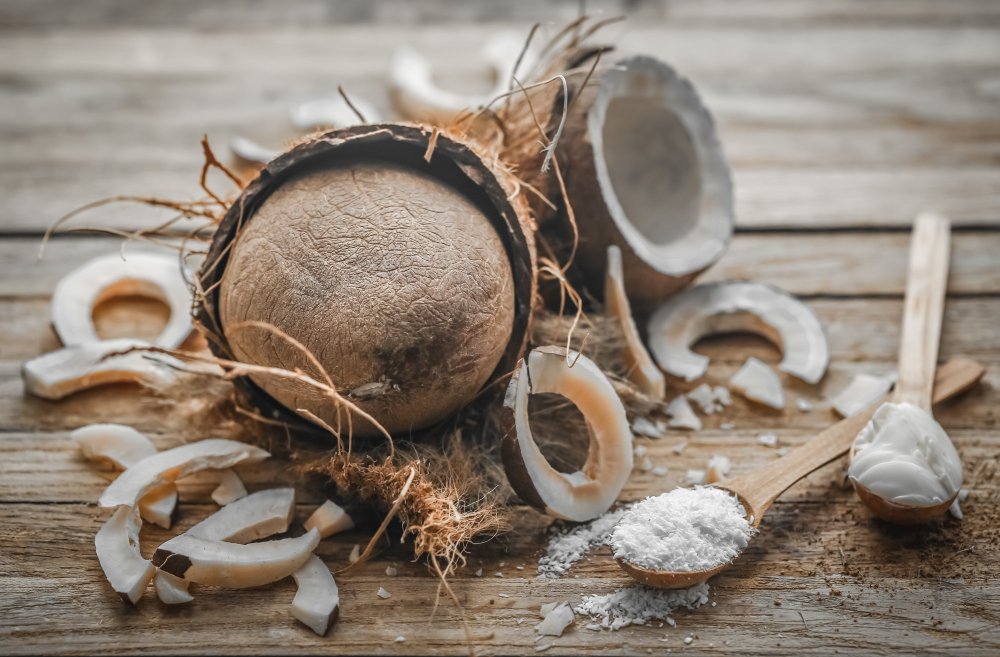In the realm of sustainable construction and infrastructure, innovation is key to a greener future. One remarkable material emerging as a leader in eco-friendly building solutions is coco mesh, a versatile product derived from coconut husks. Its strength, durability, and environmental benefits are revolutionizing how we approach construction projects, offering a compelling alternative to traditional materials. This article explores the fascinating journey of coco mesh, from its humble beginnings as coconut husk to its role as a vital component in modern infrastructure.
From Coconut Husk to Sustainable Fiber
Coconut husks, often discarded as agricultural waste, represent a vast, untapped resource. The production of coco mesh begins with the careful selection and processing of these husks. After harvesting, the husks undergo a rigorous cleaning process to remove any impurities. This ensures the final product is free from contaminants and maintains its high quality. The cleaned husks are then meticulously retted, a process involving soaking in water to soften the fibers and separate them from the hard shell. This crucial step unlocks the incredible strength and flexibility inherent in the coconut husk fibers. The result is a natural, renewable fiber ready for transformation into a durable and versatile building material.
The retted fibers are then meticulously dried under controlled conditions to prevent degradation and maintain optimal fiber integrity. This drying process is crucial for ensuring the longevity and strength of the final coco mesh product. Once dried, the fibers are carefully combed and sorted to achieve a consistent quality and thickness. This meticulous preparation is essential for creating a high-performance coco mesh that can withstand the stresses of various construction applications. The careful handling and processing of the coconut husks demonstrate a commitment to both resource efficiency and high-quality product development.
The separation of the fibers from the husk often involves mechanical processes like decortication, which efficiently removes the outer hard shell leaving behind the valuable inner fibers. This process is optimized to minimize waste and maximize the yield of usable fibers. Further processing may involve specialized machinery to refine the fibers and ensure uniformity. This ensures the production of a consistent and high-quality coco mesh that meets the demanding standards of the construction industry. The entire process is designed to be environmentally responsible, minimizing the impact on the ecosystem.
Finally, the prepared fibers are ready for the next stage of production, where they are transformed into the strong and resilient coco mesh used in various construction and infrastructure projects. The entire process, from harvesting to fiber preparation, showcases a commitment to sustainable practices, transforming waste into a valuable resource and contributing to a more environmentally conscious construction industry. This sustainable approach is a key factor in the growing popularity of coco mesh as a preferred building material.
Weaving Strength: The Coco Mesh Process
The transformation of coconut fibers into coco mesh involves a sophisticated weaving process. This process typically utilizes specialized machinery to interweave the fibers in a precise and controlled manner. The strength and durability of the final product are directly related to the precision and consistency of this weaving process. The machines are carefully calibrated to ensure an even distribution of fibers, resulting in a robust and consistent mesh.
The weaving patterns can vary depending on the intended application. Some patterns prioritize strength, while others focus on flexibility or permeability. This adaptability makes coco mesh suitable for a wide range of applications, from erosion control to reinforcement in construction projects. The skilled operators monitor the weaving process to ensure the mesh meets the required specifications. Quality control measures are implemented throughout the process to guarantee a high-quality end product.
The choice of weaving technique also influences the overall properties of the coco mesh. Different weaving techniques can result in variations in tensile strength, flexibility, and porosity. This allows manufacturers to tailor the mesh to specific project requirements. The process is optimized to balance strength, flexibility, and permeability, resulting in a versatile material suitable for a wide range of applications.
The woven coco mesh is then inspected for any defects before moving on to the next stage of production. This rigorous quality control ensures that only high-quality coco mesh reaches the market, meeting the stringent requirements of the construction industry. The entire process, from fiber preparation to weaving, is carefully monitored to maintain the highest standards of quality and consistency. This commitment to quality is a key factor in the success of coco mesh as a reliable and durable construction material.
Unmatched Durability: A Superior Material
Coco mesh boasts exceptional durability, far surpassing many traditional materials used in construction and infrastructure projects. Its inherent strength comes from the natural resilience of coconut fibers, which are naturally resistant to rot, decay, and insect infestation. This inherent resistance dramatically reduces maintenance costs and extends the lifespan of structures and projects. The strong interlocking weave further enhances its durability, making it capable of withstanding significant stress and strain.
Unlike synthetic materials, coco mesh is completely biodegradable, posing no long-term environmental concerns. Its natural decomposition process enriches the soil, further enhancing its eco-friendly credentials. This makes it a responsible choice for environmentally conscious construction projects. The long-term cost-effectiveness of coco mesh is undeniable, considering its durability, low maintenance, and environmental benefits.
The exceptional tensile strength of coco mesh allows it to effectively reinforce soil and prevent erosion. This makes it ideal for applications such as slope stabilization, land reclamation, and coastal protection. Its ability to withstand harsh environmental conditions, including exposure to water and sunlight, further enhances its suitability for outdoor applications.
The superior durability of coco mesh translates to long-term cost savings for construction projects. Its resistance to degradation and damage minimizes the need for frequent repairs and replacements, resulting in significant cost savings over the lifespan of a project. This makes it a financially sound choice for both small and large-scale projects. The combination of durability, eco-friendliness, and cost-effectiveness makes coco mesh a truly superior material for modern construction.
Coco Mesh: Building a Better Future
Coco mesh is more than just a building material; it’s a symbol of sustainable construction practices. By utilizing a readily available agricultural byproduct, coco mesh reduces waste and promotes responsible resource management. Its biodegradable nature ensures that it leaves no harmful environmental footprint, unlike many synthetic alternatives. It represents a significant step towards a greener and more sustainable future for the construction industry.
The use of coco mesh contributes to a circular economy, transforming waste into a valuable resource. This sustainable approach minimizes environmental impact and promotes responsible resource management. The growing popularity of coco mesh reflects a shift towards more environmentally conscious construction practices.
Coco mesh’s versatility makes it suitable for a wide range of applications, from erosion control and soil stabilization to landscaping and reinforcement. Its adaptability allows it to be integrated into various construction projects, promoting its widespread adoption. This versatility contributes to its growing popularity among architects, engineers, and contractors.
The adoption of coco mesh is not only environmentally beneficial but also economically advantageous. Its durability and low maintenance requirements translate to long-term cost savings, making it a financially viable option for various construction projects. The combination of environmental benefits and economic advantages makes coco mesh a compelling choice for building a better future.
Coco mesh represents a significant advancement in sustainable construction materials. Its journey from discarded coconut husk to a vital component in infrastructure projects showcases the power of innovation and responsible resource management. The material’s exceptional durability, eco-friendly nature, and versatility make it a compelling choice for building a better, greener future. As awareness of sustainable practices grows, the demand for coco mesh is sure to increase, solidifying its position as a leader in eco-conscious construction.


